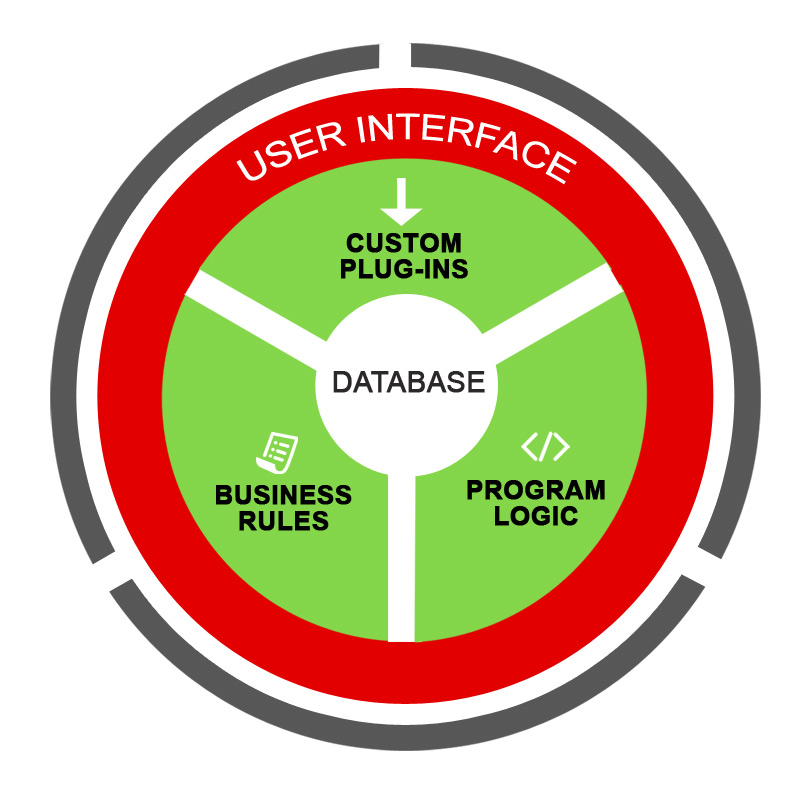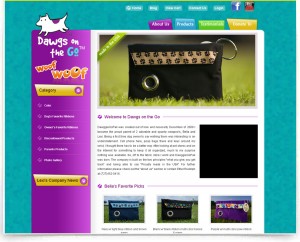Web applications are highly specialized websites that go much beyond just providing information about your company or business. Web applications are fully customized to provide dedicated solutions to specific problems and usually integrate a robust database, multiple components and customized functionality. Web application development requires a thorough understanding of relational databases, high-level programming, load balancing and other advanced areas.
User Interface
The User Interface (UI) is made up of forms and other visual items that are displayed on web pages and users interact with these web pages to use the web application. A user can be any person or an automated process that perform one or more tasks, or activities, with the web application.









